-
Content Count
14,694 -
Joined
-
Last visited
-
Days Won
207
Content Type
Profiles
Forums
Calendar
Posts posted by Cliff Ton
-
-
there was a wharf on the Nottingham Canal called Babbington Wharf near to Wollaton Road just west of Radford station which was connected by a railway which headed due north, does anybody have any ideas of where this railway went?
Hopefully you can see enough detail in this map to answer your questions.
When you mention a line going north from Radford I assume you are referring to the one on here marked as "Colliery Companies line"

-
Digging around I came across the Evening Post which I'd saved from the day of the moon landing (the edition is dated Monday July 21st 1969)
So here's a few examples of life back then




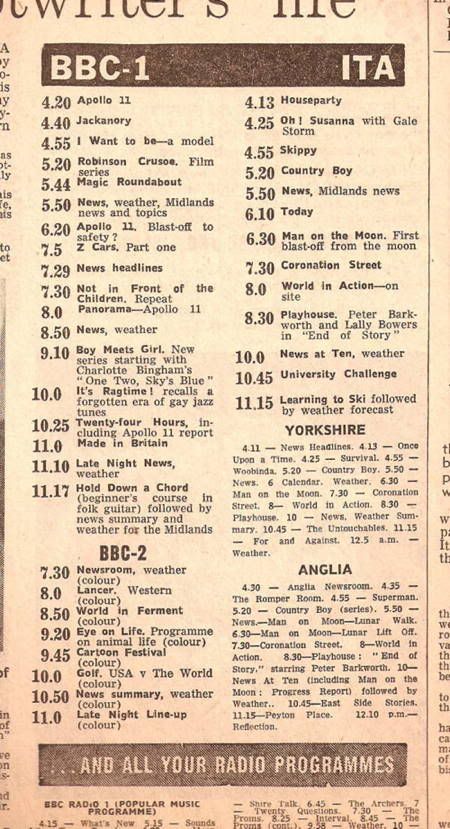

-
 1
1
-
 4
4
-
-
Kensington Palace was built by the Earl of Nottingham, and Queen Victoria was born there.
It is possible that the builder of "The Jolly Higglers" on Ilkeston Road, and the streets and houses north of it, out of gushing loyalty, named the hamlet "Kensington;" or did he hope to rival the London suburb! This seems to be possible, for in the Directory of 1825 New Radford appears as "Islington, or New Radford."
Never knew that. And by coincidence, in that link there's a reference to Bloomsgrove. A branch of my family lived in that Garden Street/Bloomsgrove Street/Hollins Mill area of Radford, so I have direct links to it all.
Also, my original question seems to have allowed littlebro to post his 1,000th message to this site
-
It definitely looks like the person who named all the roads had a map of London to get ideas.
The New Kensington Estate fits that bill; it's just that I'd never heard the area referred to like that. Maybe the builders gave it that name but nobody ever actually used it
-
Something I noticed a few weeks ago....... on Ilkeston Road just down from the junction with Forster Street.
Often you'll get a date and/or name built into the brickwork on the front of a building, but this one seems a bit different.

Was that area known as the Kensington Estate when it was first built? I've never heard of the name before
-
think there was actually a line running into their works?
Certainly seems to have been the case in the early 60s
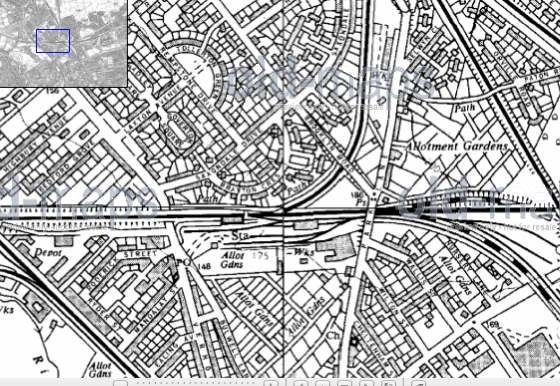
-
I know this duplicates two existing threads on these forums, but wasn't Castle Rock
(a) a Nottingham bands compilation album in the 70s
(b) the Trent programme presented by Graham Neale
-
Does anyone remember the smell of f and c outside Krafts shop down by the canal near the Wollaton Park lodge> We used to feed the swans chips until they sank.
I didn't know that area in those days, but I've just remembered where I'd seen a PHOTO of the place I think you are talking about
-
Canned meat product?
-
Are we talking of the now carpet wharehouse (if still there) just above Drapers airgun, machete, hatchet and other killer weapons shop?,
Isn't that the Guns-4-U place on Hartley Road HERE ? Why and how does that place still exist?
I think the cinema up from there has been mentioned here before, although I can't remember what it was called.
-
Found this in a book, until anyone can find a better photo.
I've left the caption in to explain it
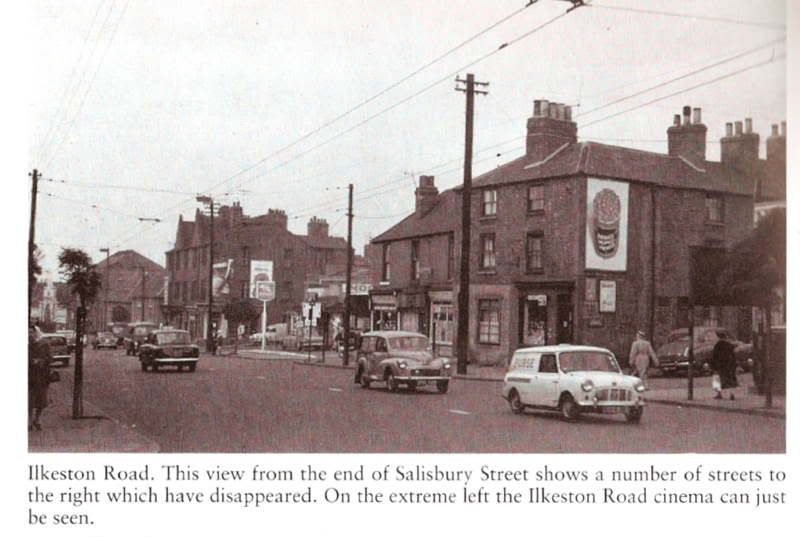
-
And another thing I've just remembered about Pearsons.......if you went in to the place from Long Row, you entered by going round several of those big full-height display windows which were like giant fish tanks. Floor-to-ceiling glass with all kinds of items on display, a bit like going round a glass maze, with junctions where you could go one way or the other.
You don't see features like that on shops today.
There was also a similar large display window/fish tank which you walked around, from the street, on the early C&A on Lister Gate. And a smaller version of the same theme at the Beecroft's toy shop when they were on Pelham Street.
-
 1
1
-
-
I don't remember clothing either, but in those days I didn't pay much attention to clothes (still don't) and my mum would've decided what I was wearing.
I remember a record department, but couldn't tell you where it was within the building. I'm talking about the late 70s and I have a vague memory it was "upstairs" somewhere.
The one thing which sticks in my mind about the whole place was that it was a rabbit warren of inter-connecting rooms, up a few steps, down a few, an odd corner here and there, small dead-end departments which went nowhere, strange floor levels and roof-lines. It was obviously a lot of individual small buildings which had gradually all been knocked together into a big unit.
-
I'd forgotten about it also being on Parliament Street
That was where they had the spectacular WINDOW
-
Was Andy Keeley part of Andy, Boris and Keith in the early 80s? Or am I getting my Andys mixed up?
-
I have vague memories of there being a fire there? I could be wrong.
Wasn't that sometime in the 80s? I think it was while the building was being restored/renovated.
Something like ........ winos or similar had got up onto the roof to sleep for the night and decided to light a fire to keep warm up there. Clever, Ruined all the restoration work which had gone on so far, and I'm not sure if it was ever rebuilt the way it was intended
-
Apologies if this photo has been posted before somewhere on this site, but the pictures of the Rathole from Park Lane (old and new) reminded me of this one which is the reverse view.
Park Lane bridge is visible in the distance above the final coach in the train approaching the camera
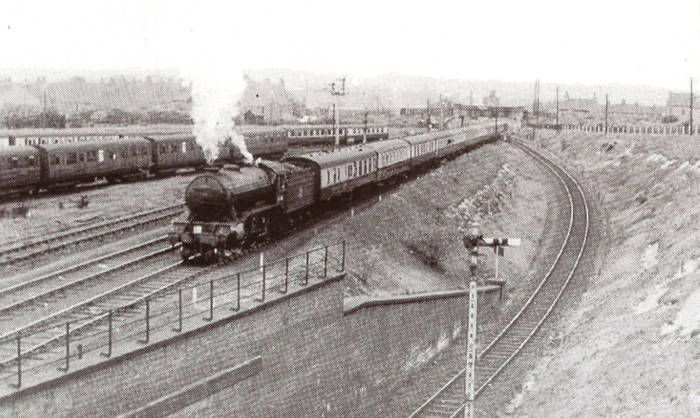
-
Interesting, because your story gives a bit of background information on a photo in one of the Old Nottingham photo books.
I'd never heard the story about Saville's Spinney and the murders, but here are two photos (before and after) of Saville's Crossing in Carlton. I've left the captions in to save me repeating anything.
I vaguely know the place and the current bridge is still there, and still looks like this (at the bottom of Douglas Avenue)
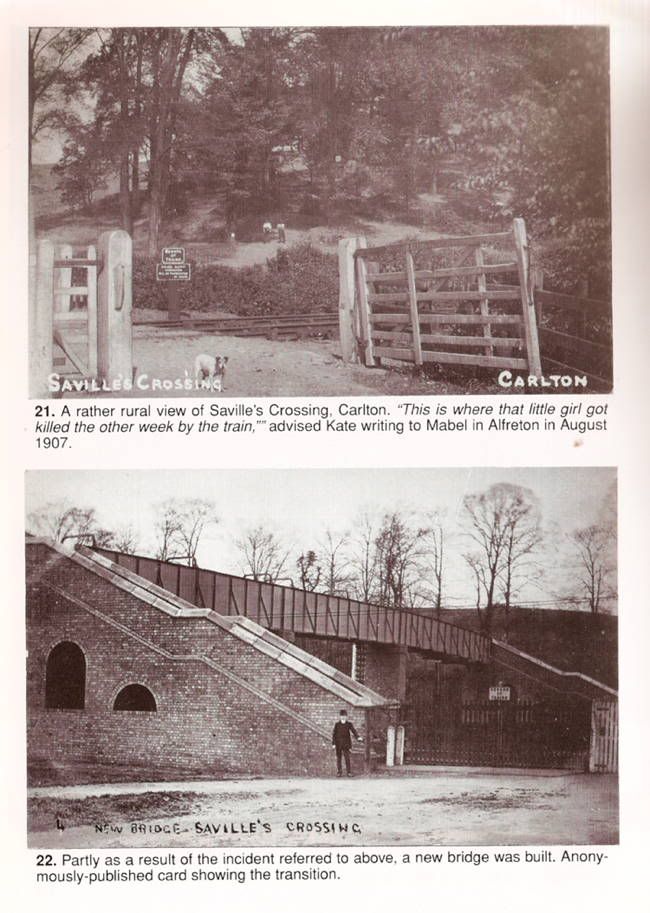
-
Hello
2 Enfield Street, in St Stephen's parish.
Do you know if that is St Stephen's in Sneinton? (although I don't even know if there is another St Stephen's anywhere else)
-
-
There were at least two versions of Mount Street bus station. The last attempt was on the edge of the failed shopping precinct between Maid Marion Way and Mount Street. Nobody used it because the bus companies didn't want to go there. (it's now been built over with offices - and the casino on Maid Marion Way)
The earlier bus station was an almost-prefab version with corrugated roofs, all looking a bit primitive and post war.
If you look at Picture the Past and search "Mount Street" there are half a dozen photos of the early version, which may ring a few bells with you
I've now just seen Limey's comment about being in a bowl or on a hillside, and THIS demonstrates it pretty well
-
You are looking for 73 Red Lion Street.
To give an idea of the kind of place it might be THIS is what 62-64 looked like.
Not exactly Travelodge or Holiday Inn
-
I have just looked up my Gt Gt Grandfather, who was named George Collins. According to the 1881 census he was lodging at 73 Red Lion St, Nottingham St Mary. which I understand was previously called Narrow Marsh. However, this address at the time, had 1 head of household and 26 lodgers. George was listed as married but his wife was not in this lodging. They had children subsequently, so I assume the marriage was intact. He was aged 36 and unemployed at the time.
Hello Chrissy. You've come to the right place to find the answers to slightly obscure questions like yours
Here's my contribution to it. This is 1899, and No.73 seems to be under the name of Thomas Murphy
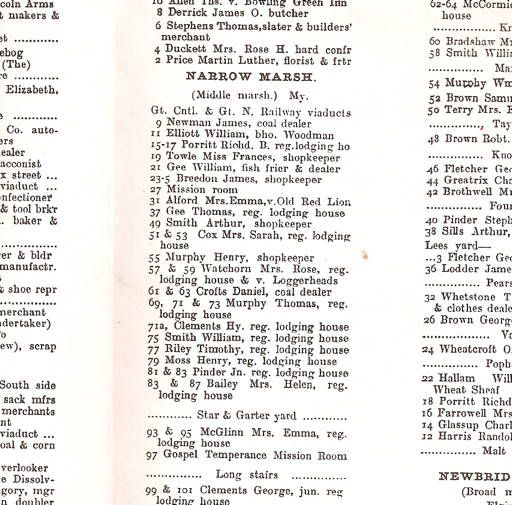
-
Fascinating. I've always been intrigued by these war bunkers where the ruling classes would dive for safety, whilst the plebs were left outside to fend for themselves. And it makes you wonder how much money was spent on fitting it all out and equipping it
How long has that place been abandoned? Some of the stuff lying around appears to be perhaps 70s/80s.
Completely useless now because the technology might've been state-of-the-art back then, but it would be stone age now.



The Caves - Question
in 50's Nottingham
Posted
You could be right about your mam living in Narrow Marsh having houses with caves, because when they were demolished in the 1930s the remains looked like THIS